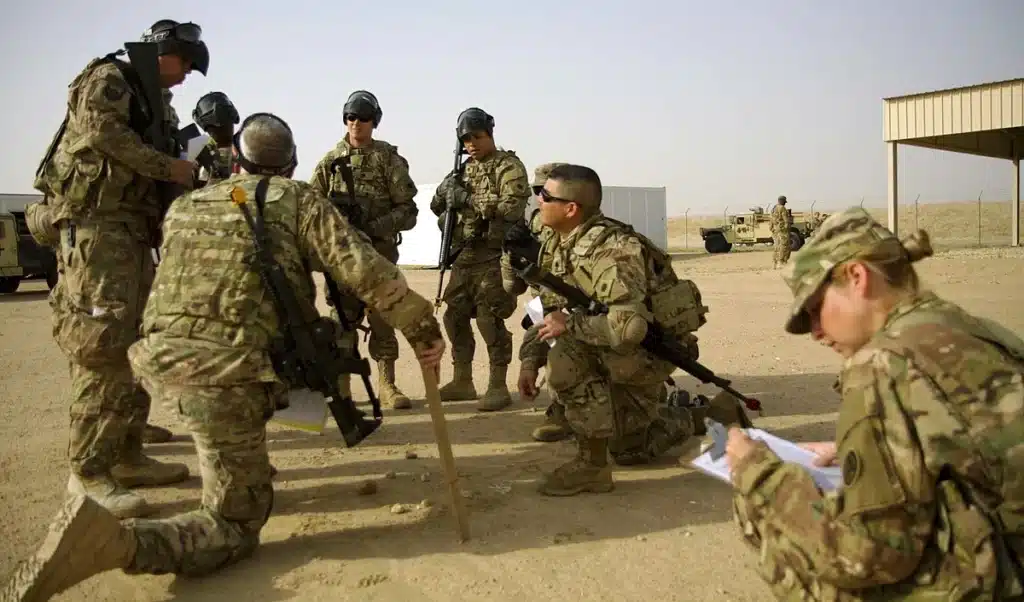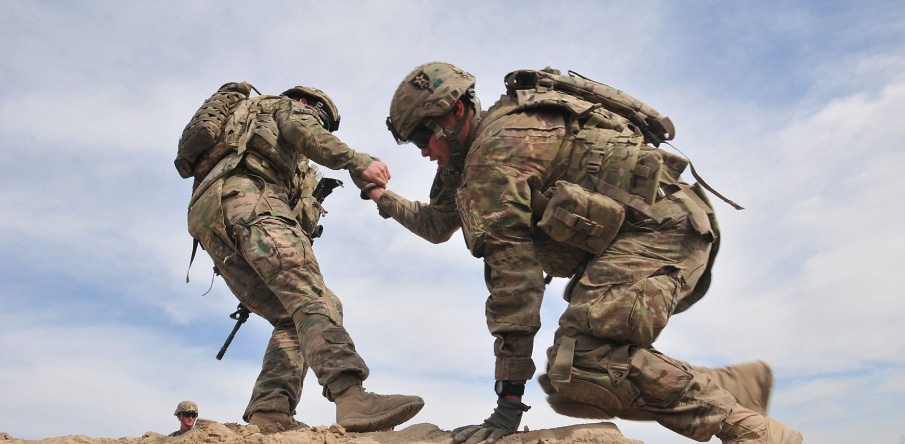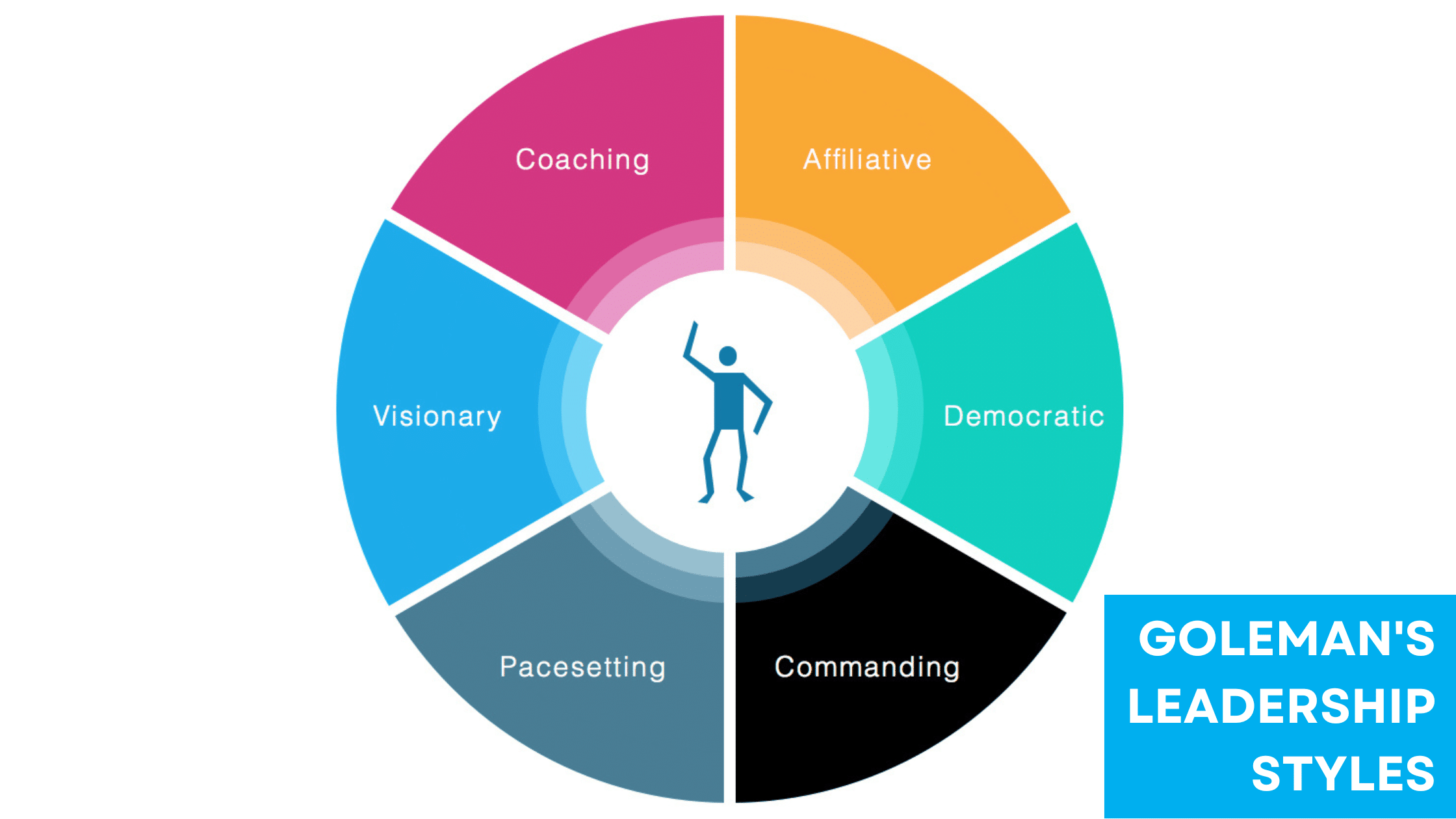Military leadership is a crucial factor influencing the success or failure of missions and operations.
Effective military leaders guide their soldiers with essential skills and motivation and adapt their leadership styles to the ever-changing dynamics of combat and the operational environment.
This adaptability ensures they can overcome obstacles and achieve mission objectives under various conditions.
Military leaders develop their abilities through rigorous training, education, and practical experience.
These elements work together systematically to cultivate strong leadership qualities vital in combat and peacetime scenarios.
For instance, the importance of mission command and the integration of technology and network capabilities are key aspects that modern military leaders must master to stay effective.
The comparison between military and corporate leadership highlights the unique challenges military leaders face, such as making quick decisions in high-pressure environments.
Despite these challenges, military leadership principles—such as discipline, accountability, and resilience—stand out as universal qualities that can inspire and motivate teams to succeed under any circumstances.
Historical Significance of Leadership in Military
Military leadership has shaped the outcomes of numerous significant conflicts and continues to influence modern military strategies. Understanding the impact of historical military leaders and the lessons they provide is crucial for contemporary military effectiveness.
Impact of Military Leaders on History
Throughout history, distinguished military leaders have altered the course of events.
George Washington exemplifies this by leading the Continental Army to victory during the Revolutionary War.
His ability to inspire, strategize, and persevere under challenging conditions set a benchmark for future leaders.
The influence of French military leaders during the Napoleonic Wars also stands out.
Napoleon Bonaparte’s innovative tactics and leadership style led to numerous French victories and territorial expansions.
His mantra that a leader is “a dealer in hope” underscores the importance of morale and motivation in military success.
Military leaders such as these achieved tactical victories and instituted enduring principles of leadership and command that continue to be studied and emulated in military academies worldwide.
Leadership Lessons from Revolutionary War to Modern Conflicts
The Revolutionary War offers numerous leadership lessons that remain relevant today.
Washington’s emphasis on training, discipline, and resilience proved essential in overcoming the British forces.
His leadership underscored the importance of adaptive strategy and the ability to mobilize and sustain an army under strenuous circumstances.
In modern conflicts, leadership principles have evolved but still reflect historical insights.
Military leaders now must navigate complex geopolitical landscapes and integrate advanced technologies into their strategies.
The evolution from close-combat tactics to cyber warfare demands continual learning and adaptation.
Military leaders today draw on historical examples, recognizing that the foundations of effective leadership—communication, strategy, and adaptability—are timeless.
These lessons guide contemporary military operations and are pivotal to achieving mission success and safeguarding troops.

Characteristics of Effective Military Leaders
Effective military leaders possess several essential competencies to guide their teams successfully. They also serve as role models, exemplifying behavior that inspires and motivates.
Essential Leadership Competencies
Military leaders must demonstrate various competencies to lead effectively.
Character is critical, ensuring leaders act with integrity and trustworthiness in all situations.
Courage is equally important, allowing leaders to make difficult decisions under pressure.
Confidence helps leaders to remain assured in their abilities and decisions, instilling similar confidence in their subordinates.
Successful leaders also exhibit adaptability to handle diverse and evolving situations.
Influencing skills are vital, allowing leaders to inspire and align others with mission objectives.
Effective communication ensures that every team member fully comprehends their duties and roles.
Strategic thinking enables leaders to foresee challenges and opportunities, making informed decisions that align with long-term goals.
Lastly, technical expertise ensures leaders are knowledgeable about their field, adding credibility and reducing the margin for error.
Role Models and Exemplifying Behavior
Outstanding military leaders set the standard for their team by embodying the principles and conduct they wish to see in others.
Demonstrating bravery in challenging situations inspires soldiers to push through adversity.
Consistent display of ethical behavior reinforces the importance of integrity and accountability within the unit.
By showing confidence in their actions and decisions, leaders instill a sense of security and stability in their teams.
This confidence is supported by competence in their duties, encouraging trust in their leadership.
Additionally, leaders must show empathy and understanding, recognizing their soldiers’ personal and professional needs.
By setting a high standard of performance and discipline, leaders foster a culture of excellence and continuous improvement.
Their dedication and commitment to the mission motivate others to perform at their best, ensuring a cohesive and effective unit.
Developing Leadership Skills in the Military
Developing leadership skills in the military involves intensive training and education combined with structured mentoring and leader development programs. These components ensure that military leaders can effectively handle complex and dynamic situations.
Importance of Training and Education
Training and education are cornerstone components of military leadership development.
Field manuals such as Field Manual 6-22 emphasize the process of influencing people by providing direction and motivation to accomplish missions.
Military educational programs offer theoretical and practical knowledge, shaping officers’ decision-making and problem-solving abilities.
Courses include tactical studies, strategic planning, and crisis management.
The repetitive nature of training drills instills discipline and fosters the ability to perform under pressure.
Simulation exercises replicate real-world scenarios, allowing leaders to practice responses to various challenges in a controlled environment.
Mentoring and Leader Development Programs
Mentoring programs play a crucial role in nurturing future leaders within the military.
Experienced officers guide junior personnel, sharing valuable insights from their experiences.
This relationship helps to build confidence and competence in emerging leaders.
Leader development programs are structured to offer a lifelong synthesis of knowledge, skills, and experiences.
According to Army Regulation 350-1, these programs encompass institutional, operational, and self-development domains.
Such programs are designed to adapt to the evolving needs of the military landscape.
They focus on continuous improvement and adapting leadership styles to various situations.
Additionally, recognizing and learning from past mistakes is encouraged to foster resilient leaders capable of handling adversity.
Role of Communication and Decision-Making
Effective communication and sound decision-making are crucial in military leadership. These processes foster a shared understanding and ensure operational efficiency and successful navigation through complex situations.
Achieving Clarity and Shared Understanding
Clear communication in the military is vital for creating a shared understanding among all members.
Leaders must articulate their intentions and directives unambiguously. Miscommunication can lead to fatal errors, making clarity indispensable.
Using straightforward language and confirming that messages are understood can enhance effectiveness.
Communication also builds trust within teams, fostering collective goals and alignment.
Open channels for feedback and discussions ensure everyone is on the same page, which is crucial in high-stakes environments.
Navigating Complexity in Military Operations
Military operations often involve intricate scenarios that require adaptive decision-making.
Leaders must interpret rapidly changing information and adjust strategies accordingly.
Effective communication helps promptly disseminate critical updates.
The ability to identify key elements and adapt swiftly is paramount.
Leaders must balance leveraging strengths while mitigating weaknesses.
This is particularly evident during dynamic operations where informed decisions can significantly impact outcomes.
Communication ensures that all team members are well-informed, enabling coordinated efforts and successful mission execution.
For additional insights, adaptive leadership in military settings can be explored in this detailed document.
Leadership Dynamics in a Military Environment
Effective leadership in military environments requires a nuanced balance of authority and responsibility while being adaptable and flexible in diverse settings. Leaders must navigate complex environments and take prudent risks to ensure mission success and the well-being of their team.
Balancing Authority and Responsibility
In the military, leaders hold significant authority over their subordinates.
They are responsible for making crucial decisions that impact their team members’ mission and lives.
Balancing this authority with responsibility is essential.
Leaders must ensure that their commands are respected and that they are accountable for the outcomes.
This balance fosters mutual trust and respect, leading to effective teamwork.
Authority without responsibility can lead to abuse of power. Responsibility without adequate authority can result in ineffective leadership.
Striking a balance ensures leaders can make informed decisions swiftly, especially in high-stakes situations where every second counts.
Leading in Diverse and Changeable Settings
Military leaders often operate in diverse and changeable environments, requiring them to be highly adaptable and flexible.
They might find themselves in different countries, each with its own cultural dynamics and operational challenges.
Adaptability in such settings is crucial.
Leaders need to assess and respond to new environments and situations quickly.
They must be able to modify their leadership style to suit their team’s and mission’s specific needs.
Flexibility allows leaders to handle unexpected changes, whether sudden changes in mission objectives or unforeseen obstacles.
Prudent risk-taking is also a key component, as leaders must decide when to stick to a plan and when to pivot based on real-time developments.
Effective military leaders thrive in diverse settings by understanding and leveraging their team member’s strengths and skills, ensuring mission success regardless of the environment.
Strategic Direction and Mission Command
Effective military leadership relies heavily on clear strategic direction and the principles of mission command. These elements ensure that the objectives are well-defined and that subordinates are empowered to achieve these goals with initiative and creativity.
Setting the Vision and Strategic Goals
Setting the vision and strategic goals is essential for any successful mission.
Leaders must provide clear and concise guidance that aligns with broader military objectives. This direction helps reduce ambiguity and allows everyone to understand their roles.
A well-communicated vision fosters unity and purpose. It also instills trust in leadership so subordinates feel confident in executing their orders.
Clear strategic goals are imperative for mission success, as they provide measurable benchmarks for progress and achievement.
Delegation and Empowerment of Subordinates
Mission command thrives on the delegation and empowerment of subordinates.
Leaders must trust their subordinates’ judgment and capabilities, allowing them the flexibility to adapt as situations change.
This trust transforms into empowered decision-making, enabling swift and effective actions.
Delegation also involves giving clear mission-type orders while permitting the freedom to choose how to achieve those objectives.
This decentralized approach leverages each team member’s creativity and initiative, optimizing overall mission effectiveness and fostering a sense of ownership and responsibility among the ranks.
Cultivating Loyalty and Motivation
Loyalty among soldiers is fostered when they feel valued and understood by their leaders.
Personalized recognition and rewards for individual and group achievements can reinforce a sense of loyalty.
Effective leaders practice active listening and provide constructive feedback, which helps to create a supportive environment.
Motivation is directly linked to the morale within a unit.
Leaders who genuinely care for their soldiers’ well-being motivate their teams through shared goals and vision.
As outlined in ADRP 6-22: Army Leadership, mission command relies significantly on mutual trust to enable operational agility.
This trust, in turn, fosters a motivated and cohesive unit capable of achieving its objectives efficiently.
Transformational Leadership and Military Change
Transformational leadership in the military is essential for inspiring innovation and adapting to evolving challenges.
Leaders are crucial in guiding transformations and implementing reforms that are vital for organizational success.
Inspiring Innovation and Adaptation
Transformational leadership inspires innovation by fostering an environment where creativity is encouraged.
Leaders can motivate their teams by setting clear, challenging goals and recognizing achievements.
In the military, this means encouraging personnel to think creatively about problem-solving and technological advancements.
Innovation and adaptation are vital in response to complex and unpredictable scenarios.
Transformational leaders must facilitate teamwork, encourage open communication, and leverage diverse perspectives.
This leads to a culture where continuous improvement and strategic thinking are prioritized, ensuring the military remains agile and prepared for future challenges.
Leading during Transformations and Reforms
Leading transformations and reforms requires a deep commitment to change management.
Transformational leaders guide their organizations through transitions by clearly communicating the vision and benefits of proposed changes.
This might involve reorganizing structures, adopting new technologies, or revising strategies in the military.
Such leaders must be resilient and persistent, especially given the military’s inherent resistance to change.
Effective transformational leadership can overcome this resistance by aligning reforms with the organization’s long-term goals.
This involves engaging with all levels of the organization, building consensus, and demonstrating a commitment to personnel welfare and development.
For more insights on managing change in the military, refer to this resource.
Performance Management and Accountability
Effective performance management and accountability are essential in military leadership. These elements ensure that all members meet established standards while maintaining discipline and dignity.
Assessing and Enhancing Performance
Effective assessment of performance involves clear criteria and measurable goals.
Leaders use tools like regular evaluations, feedback sessions, and performance metrics to review their team members’ capabilities.
The U.S. Army’s documented policy, ADP 6-22, outlines the attributes and core competencies expected from leaders.
By setting organizational expectations, leaders can identify strengths and areas needing improvement, fostering an environment of continuous growth.
Enhancing performance can also be achieved through targeted training programs and professional development opportunities.
Prioritizing continuous learning ensures that leaders and subordinates remain proficient in their duties.
Maintaining Discipline and Accountability
Discipline and accountability play a key role in achieving operational effectiveness.
Accountability encompasses articulating the organization’s mission and ensuring everyone upholds these standards.
For example, Command Team Leaders implement frameworks that hold individuals responsible for their actions and decisions.
This rigorous approach helps maintain order and trust within the unit.
Disciplinary actions for poor performance or misconduct must be fair and consistent. Punishments should aim at correcting behavior rather than merely penalizing.
Leaders are responsible for administering these actions with integrity. They must ensure that dignity is preserved even when disciplining subordinates.



